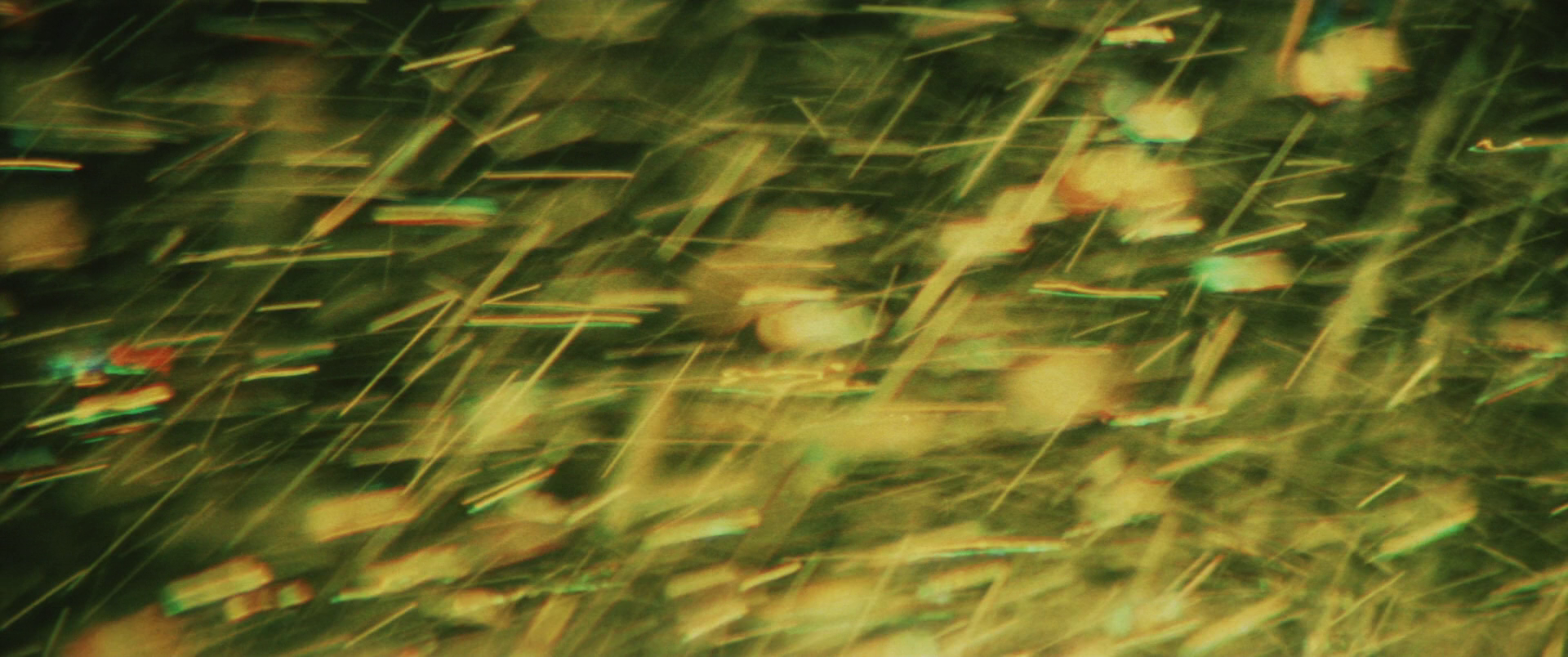Talking video | TV WAR
Ryuichi Sakamoto, the first Jumbotron, and the end of the world
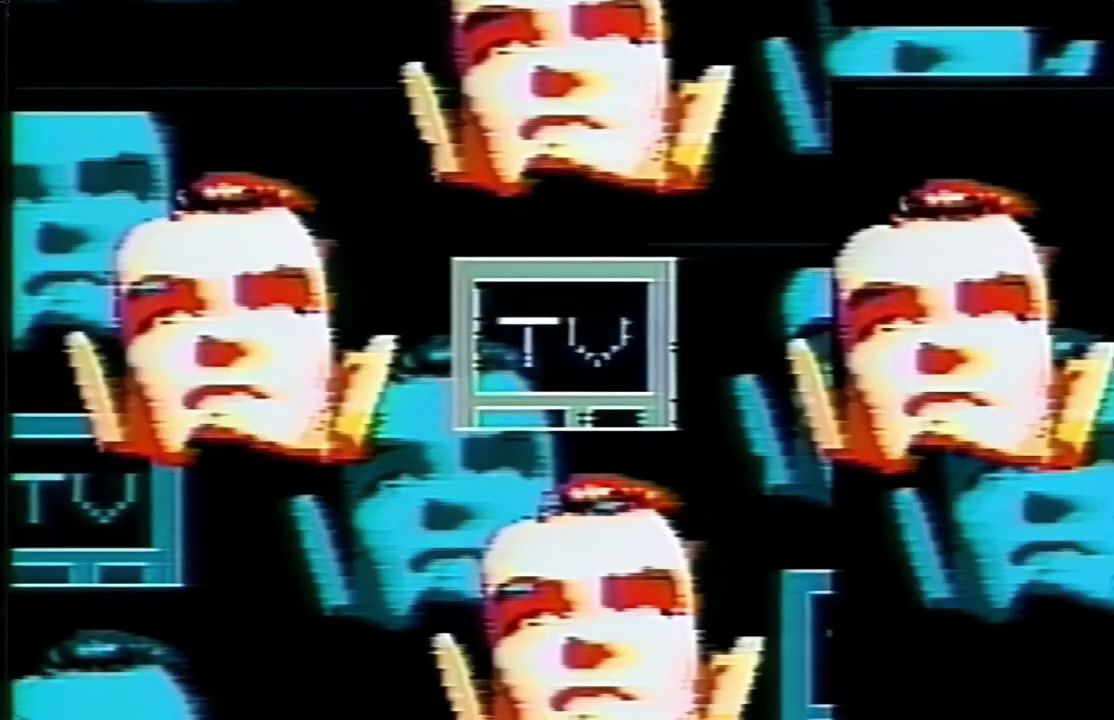
In 1980, CNN launched as the first 24/7 news channel in television history. Maybe they knew what they were doing, maybe they didn’t, but the result is the same: they ended the world.
Five years later and on the other side of the globe, a group of artists put on a performance on the final day of the 1985 Tsukuba Science & Technology Expo held in Japan, a massive world’s fair lasting half a year, featuring dozens of countries and millions of visitors, all coming together for the united theme of “science and technology for man at home”. Among the artists was Radical TV, composed of visual artists Daizaburo Harada and Haruhiko Shono, Akira Asada (a famed postmodern academic), and musician Ryuichi Sakamoto, one of the most recognizable and influential figures in modern Japanese music. As for the performance itself, the name was simple: TV WAR, and it was an attack on their audience, the ones who destroyed everything.
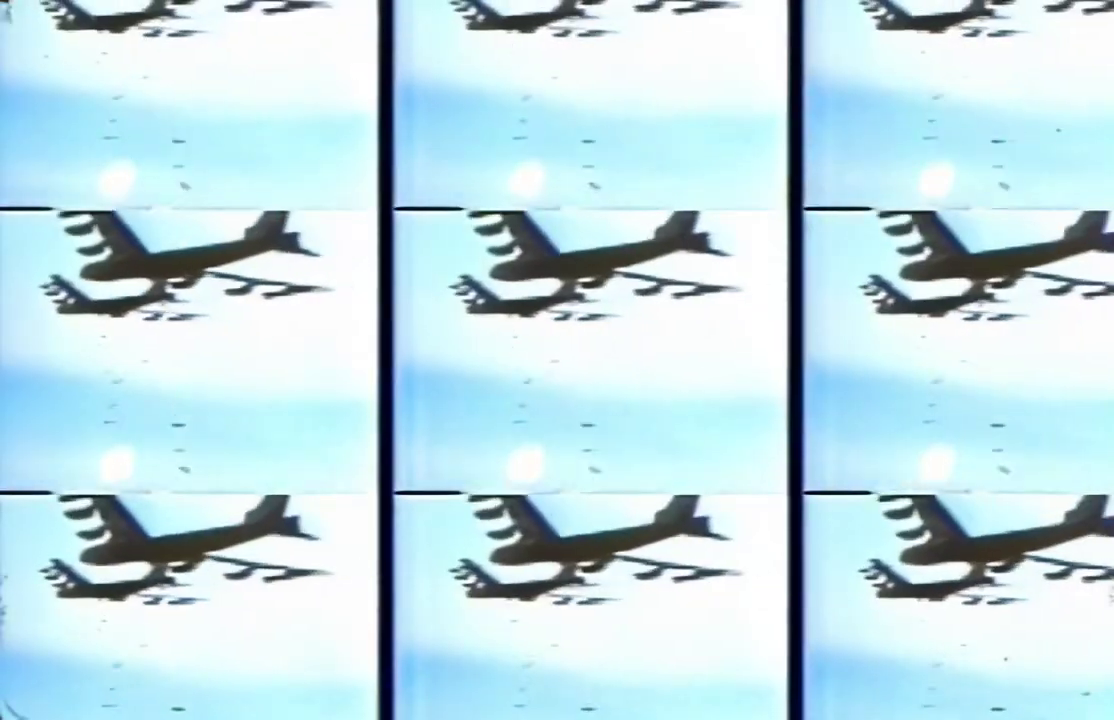
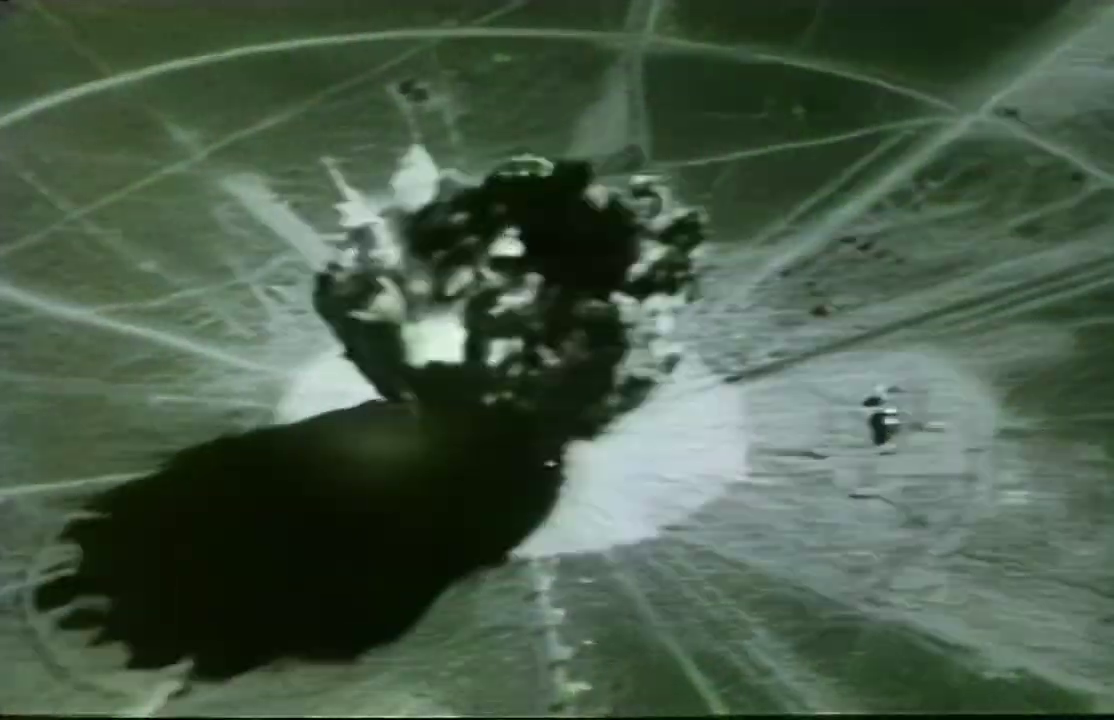
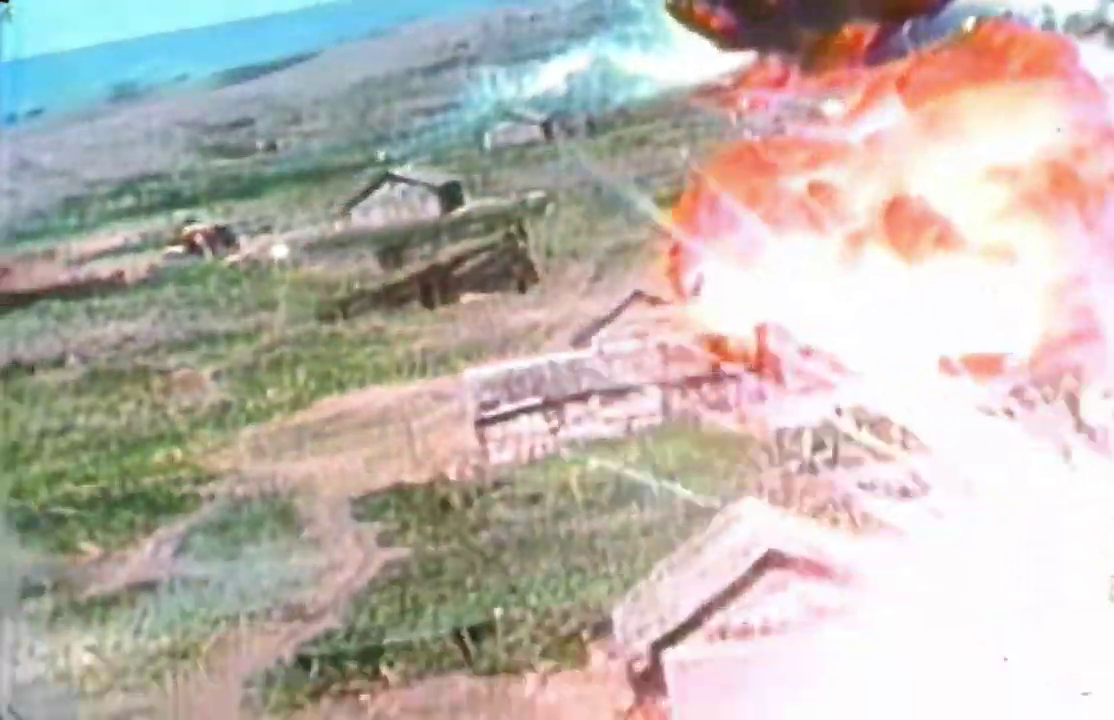
TV WAR starts with violence. Nuclear weapons, fire bombings, guns on guns on guns, houses and buildings and towns being wiped out in seconds, all played out in constant loops, repeat cuts, reversals, overlays and duplications. An explosion stutters and a missile becomes ten as an industrial beat blares with jerking repetition, sound collage samples of military orders turned abstract, just another part of the music. And it plays out on a giant screen, Sony’s logo loudly sitting right below.
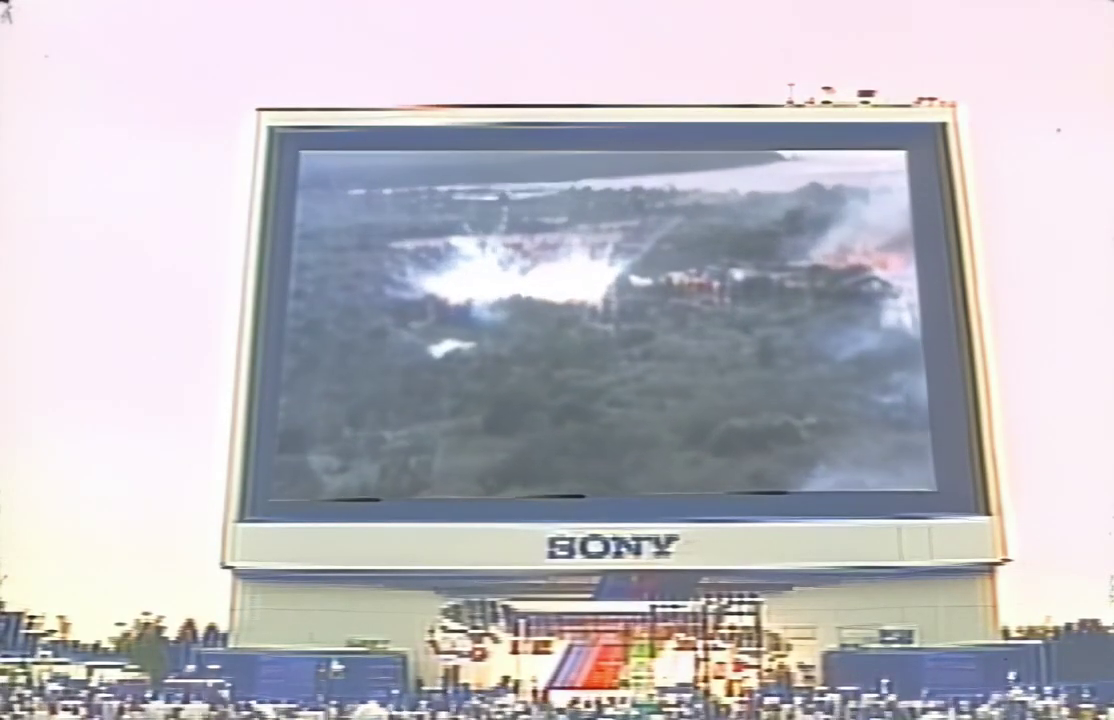
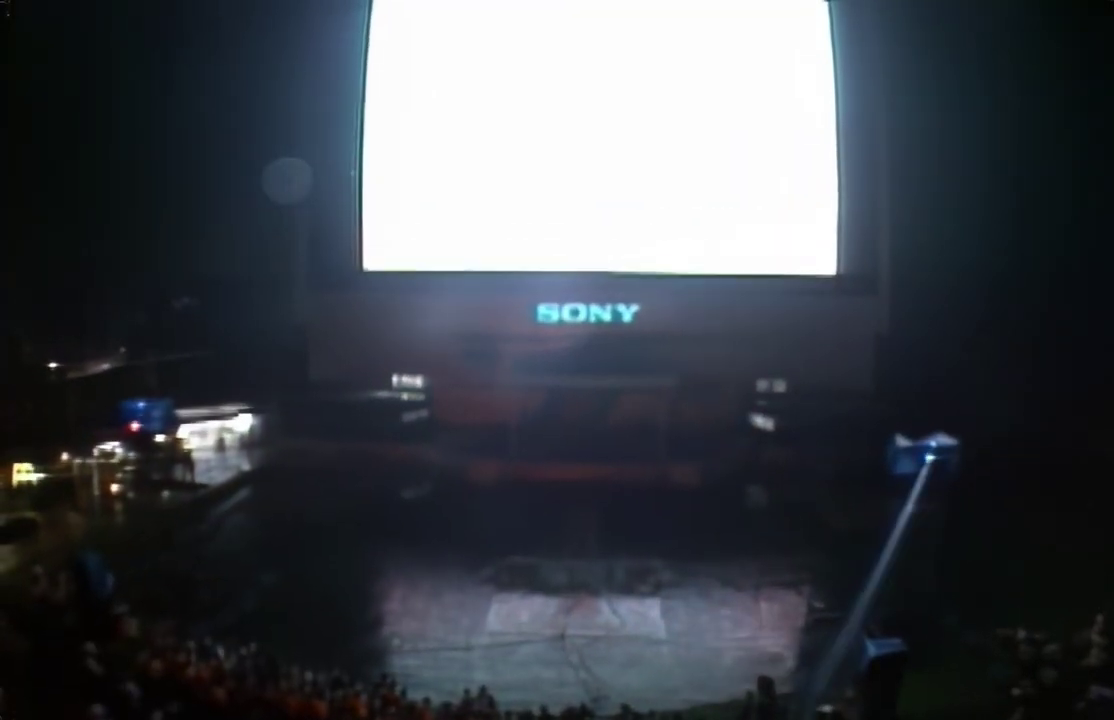
This was all displayed on the Sony Pabillion Jumbotron, at the time the largest television screen in the world (the distinction being that unlike a projector screen of a similar size, this one emitted its own light) and the first jumbotron ever completed, a towering monstrosity more monolith than machine so big and unwieldy that original plans of sending it around the world had to be canceled in favor or simply destroying it. Next to this beast was a cave of metal and wires, computers and mixers and turntables surrounding Sakamoto as he worked.
After more than five minutes of unending destruction, the subject of TV WAR shifts, first from factories, then to technology (as represented by a robot) and then to television and televised news, the video increasingly abstracting itself as it digs layers deeper, giving way to rapid single-frame cuts and early digital moshing, images melting in manipulated static and artifacting. Announcers speak but say nothing, interview subjects and politicians grimace and pontificate like ghosts in the machine, their figures vague shapes peaking out of the static. Sakamoto is occasionally shown on screen as he performs, but like everything else, he is slowly swallowed up by deathwails of the digital. His head splits, body peels from itself, skin becomes digital snow. By the end, he’s no longer human. Just look at him, surrounded by machines, making his music with wires. He’s in the TV. He’s part of it now. The whole world is.
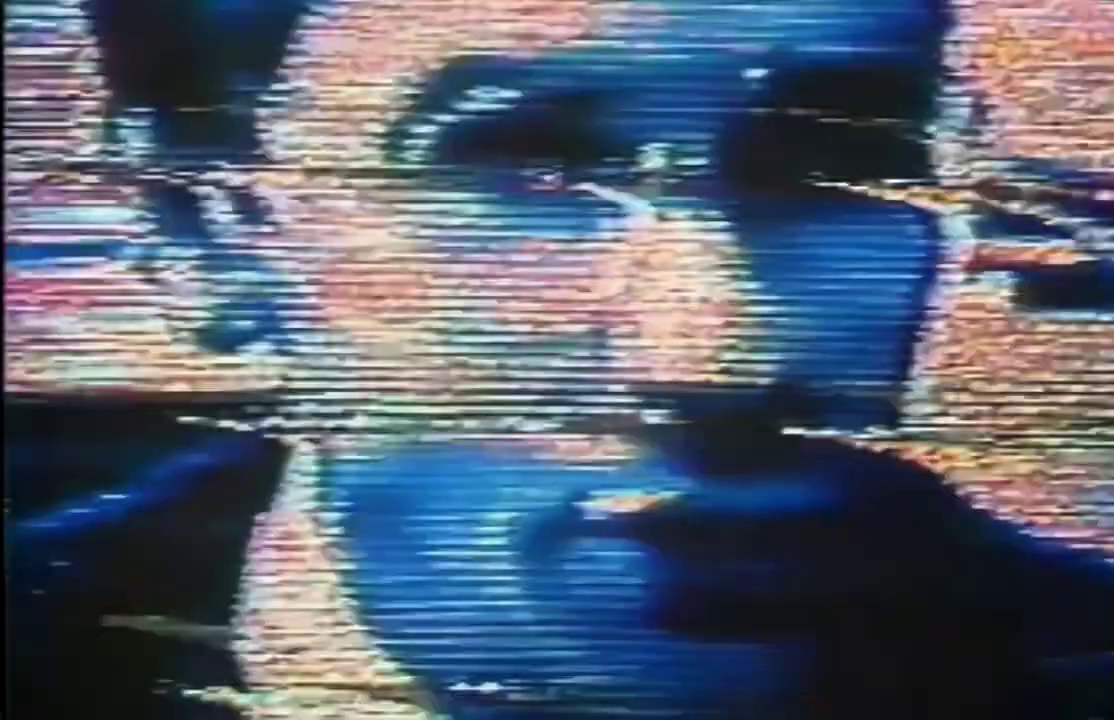
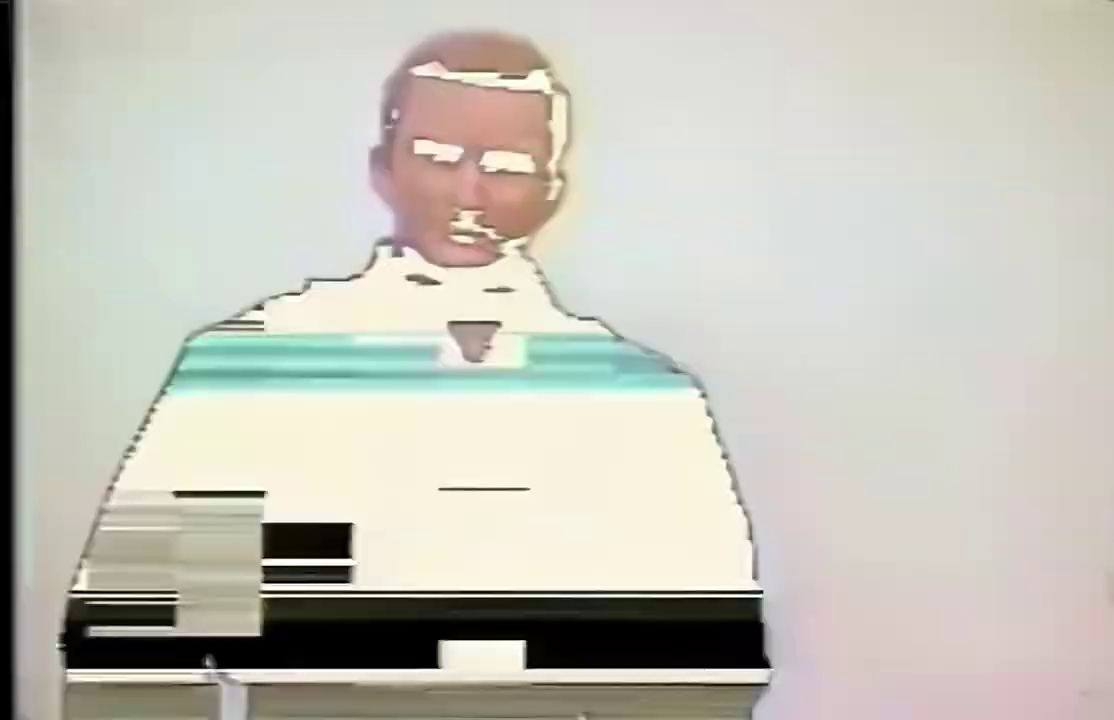
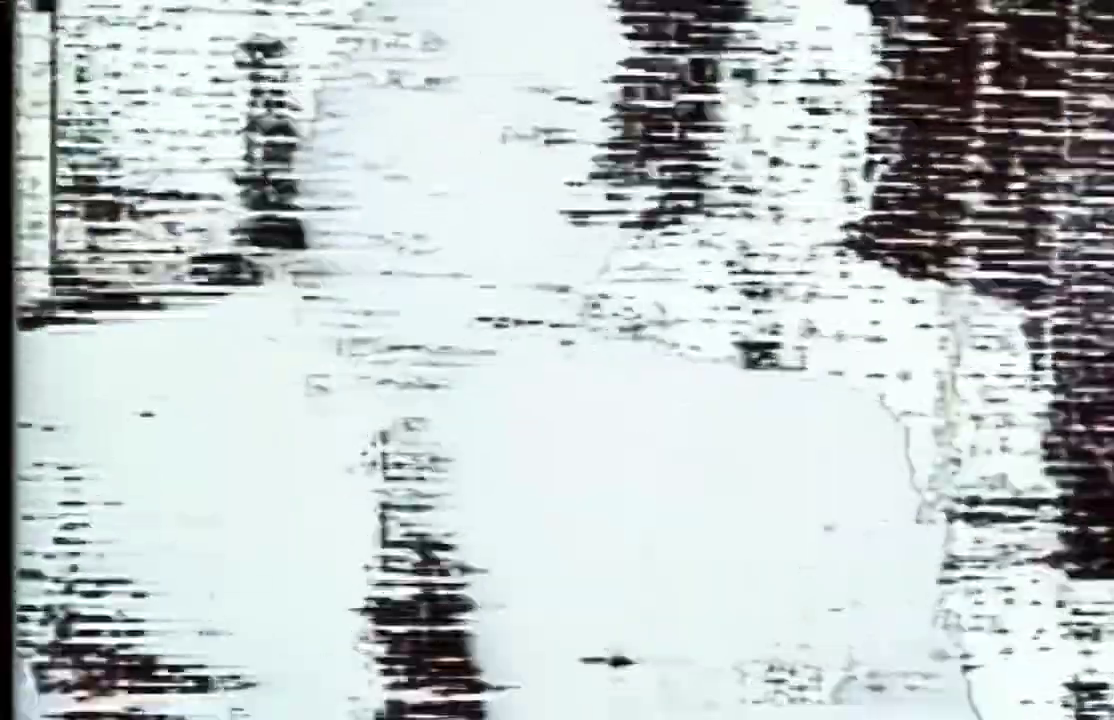
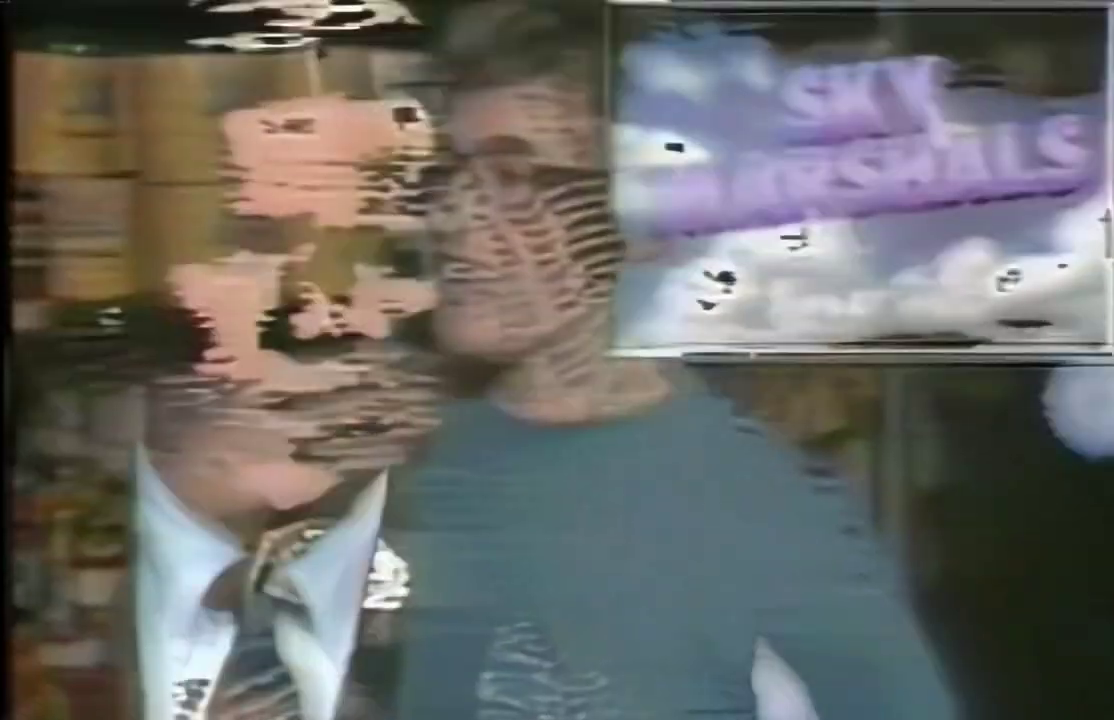
The idea for TV WAR started with Akira Asada who, when looking at the expo noticed an uncomfortable absence. All of these companies, all of these countries, and not a single mention of what we all know technology is really about, what we know so many of the corporations are engaged in: weapons. War. It was a celebration of technology intent on living in a fantasy, in hiding the truth behind cute robots and big screens. But that’s how it always it. And what highlights the deception of reality with technology more than the televised news cycle?
With news channels, the viewer is inundated with information, with images and details of war and politics that feel (and are) important but which the viewer can passively eat up as they’re served ads in equal measure—American drones kill dozens; eat McDonalds—only to then have the information repeated over and over in panels and interviews and opinion shows. And reflected in this way, the violence has a tendency to feel a step removed from reality, to abstract in some way. Murders become talking points, ways to fill air, static noise bleeding together. As Radical TV’s Harada described, watching Baghdad bombed during the Gulf War, “it was like watching a video game.”
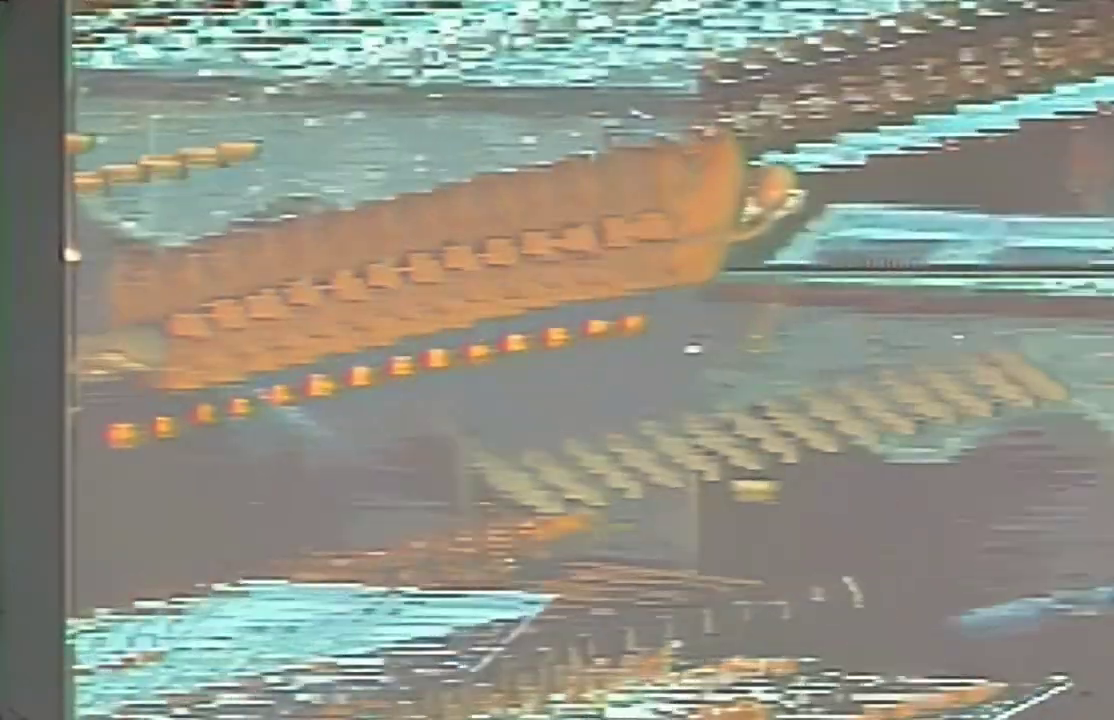
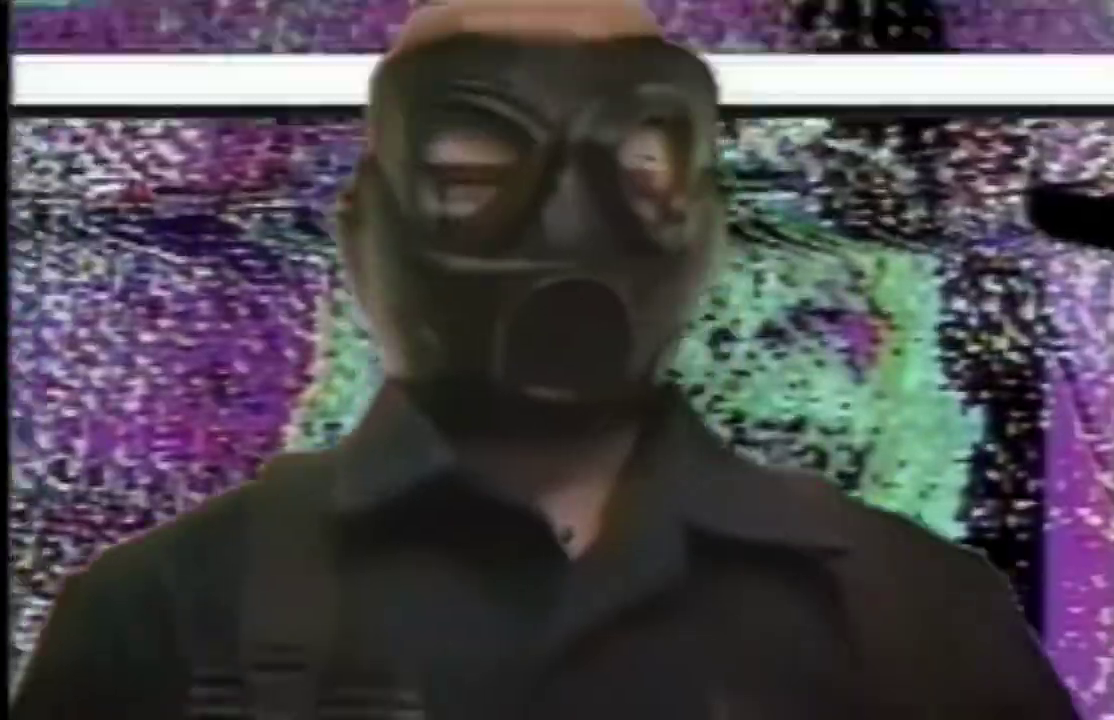
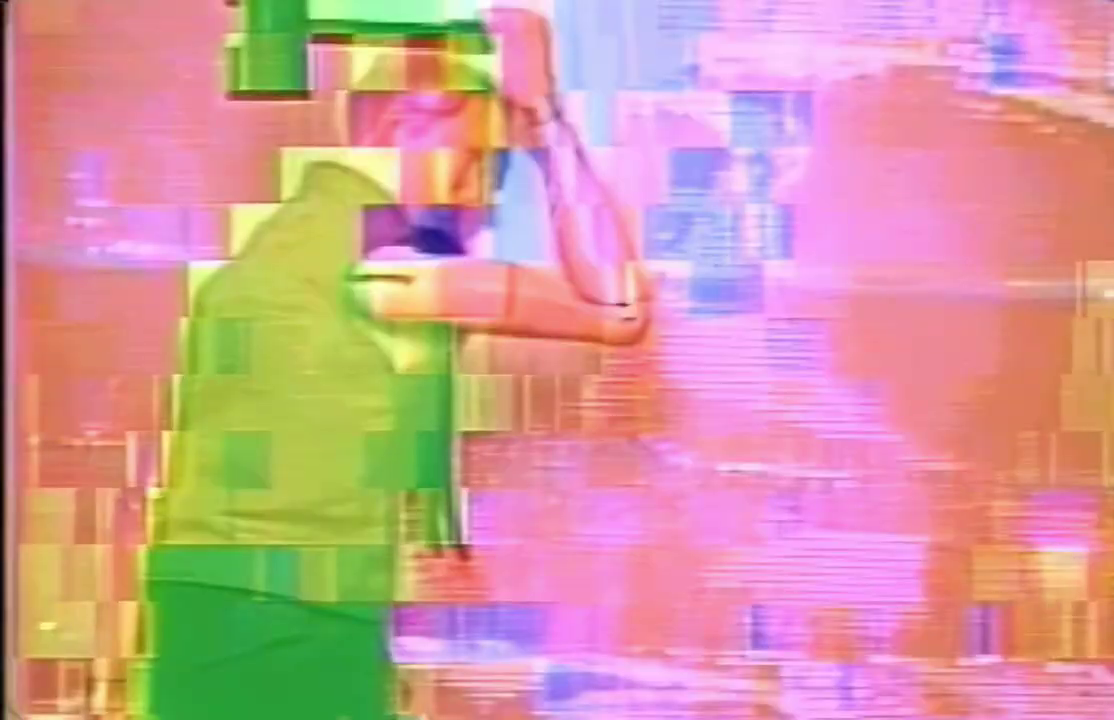
So the question is, who does this unending news cycle of abstraction service? Because it isn’t us, nor is it those being reported about. There is enough news happening in the world every day to fill a 24 hour broadcast a hundred times over, of course there is. But broadcasting companies aren’t interested in that news really. They aren’t interested in the genocide in Sudan, they aren’t interest in the war crimes in Ethiopia, they aren’t interested in modern day concentration camps or police injustice or the rise of neo-nazi and anti-trans rhetoric. The only people it truly helps are those in power who get more money the more they isolate and radicalize their viewers, scaring them into only trusting their channel, their opinions, their news. It’s all violence, it’s all entertainment, it’s all news. It’s television, baby.
(This is the point where I have to stress that I don’t think “the media” is bad and “journalism is dead”. This is so much incredible stuff being done by so many incredible people for that to ever be true. Journalism isn’t just valuable—it’s essential. Even the endless machine stations get that right sometimes, and I’m sure most of the reporters there do care and are doing their very best. It’s just that Fox News as an entity has the value of TikTok sludge content but with an added layer of being actually evil.)
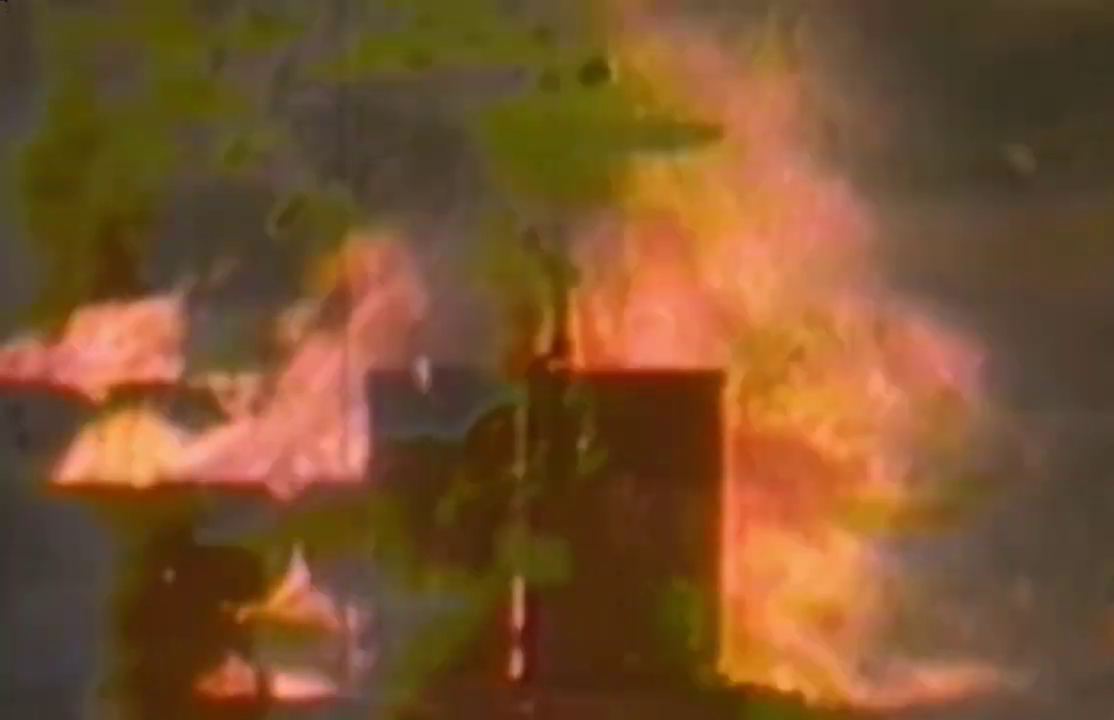
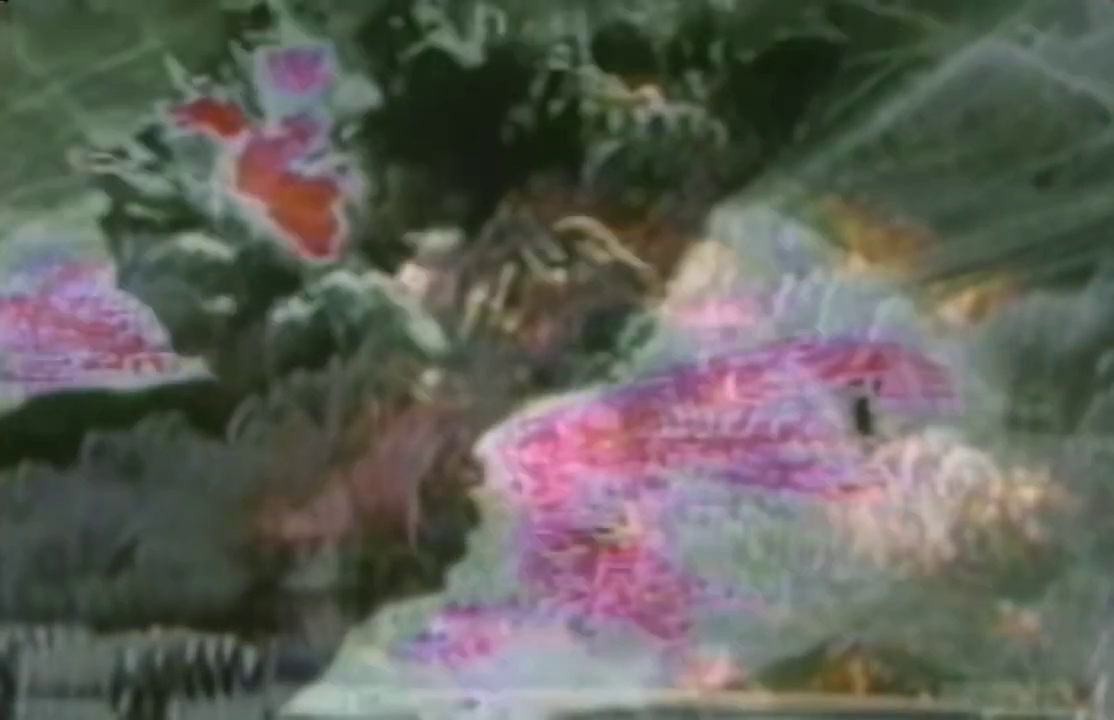
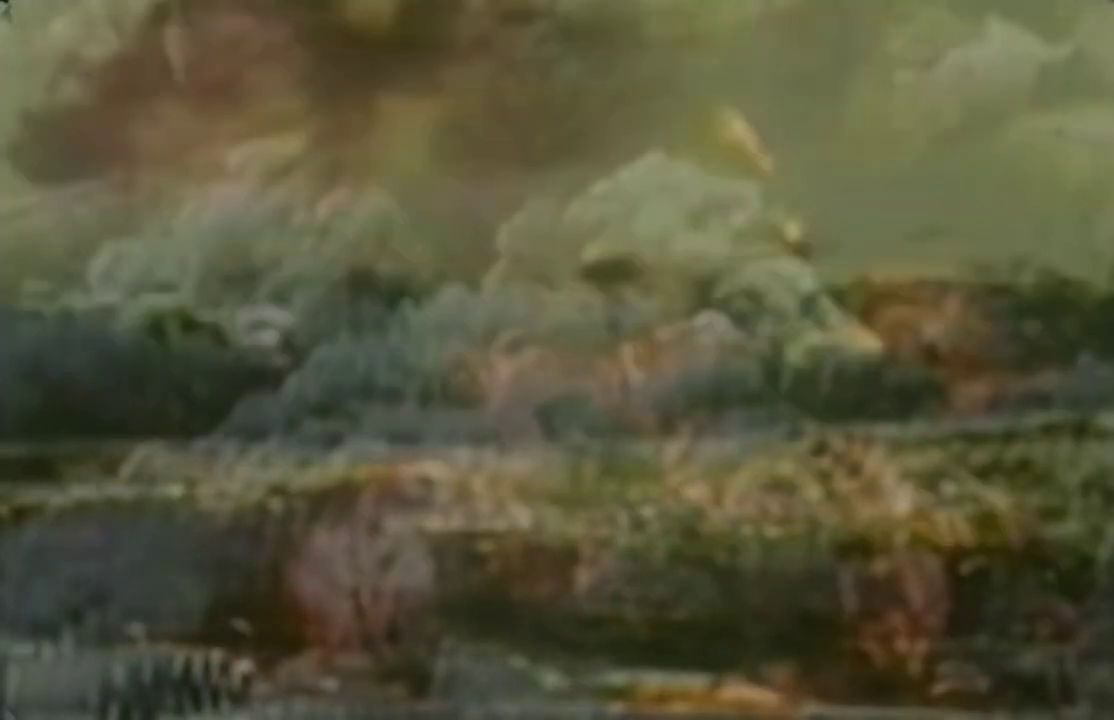
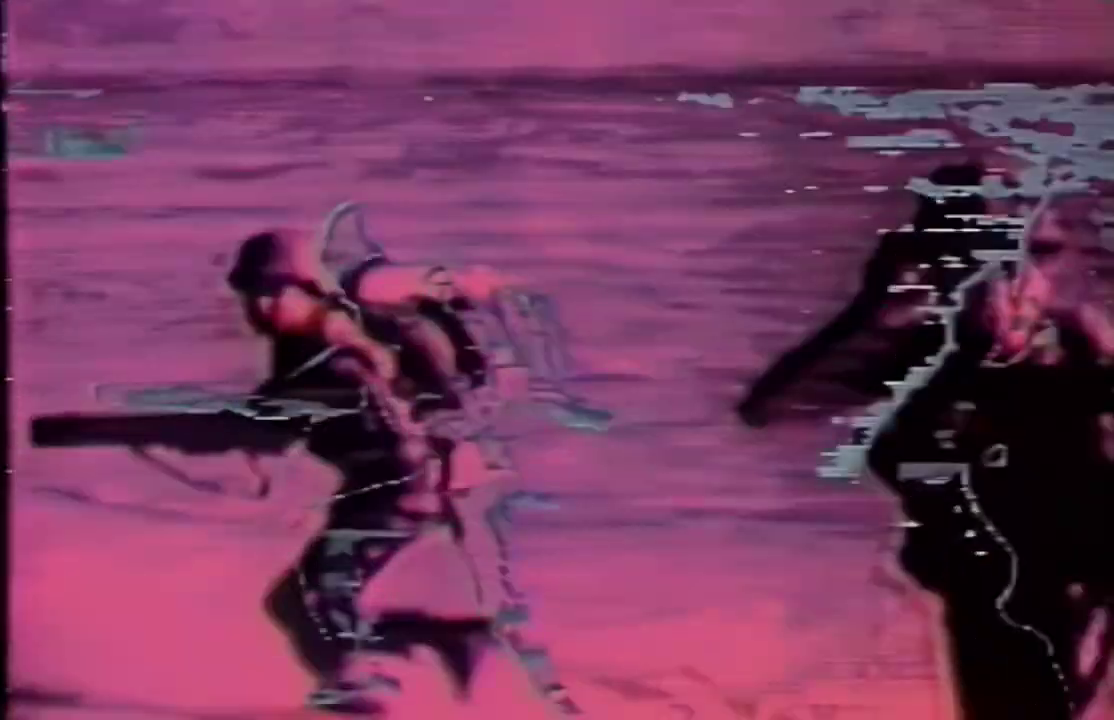
By the end, when TV WAR returns to the violence of its beginning, it’s all almost unrecognizable. Explosions overlayed on explosions overlayed on soldiers in flashing red leaving their outlines behind while Sakamoto’s rhythmic assault gives way to a beautiful voice turned funereal chant through unending loops. The visual chaos and noise has become overwhelming and it will never end because just as Sakamoto is part of the TV now, just as we are part of the TV now, just as the world is part of the TV now, so too is our end, left on an eternal loop, drowned in static and fun.
In its last moments, the jumbotron displaying TV WAR, the machine that will soon proliferate and swallow cities, is itself shown before exploding into melting digital noise like some awful premonition.
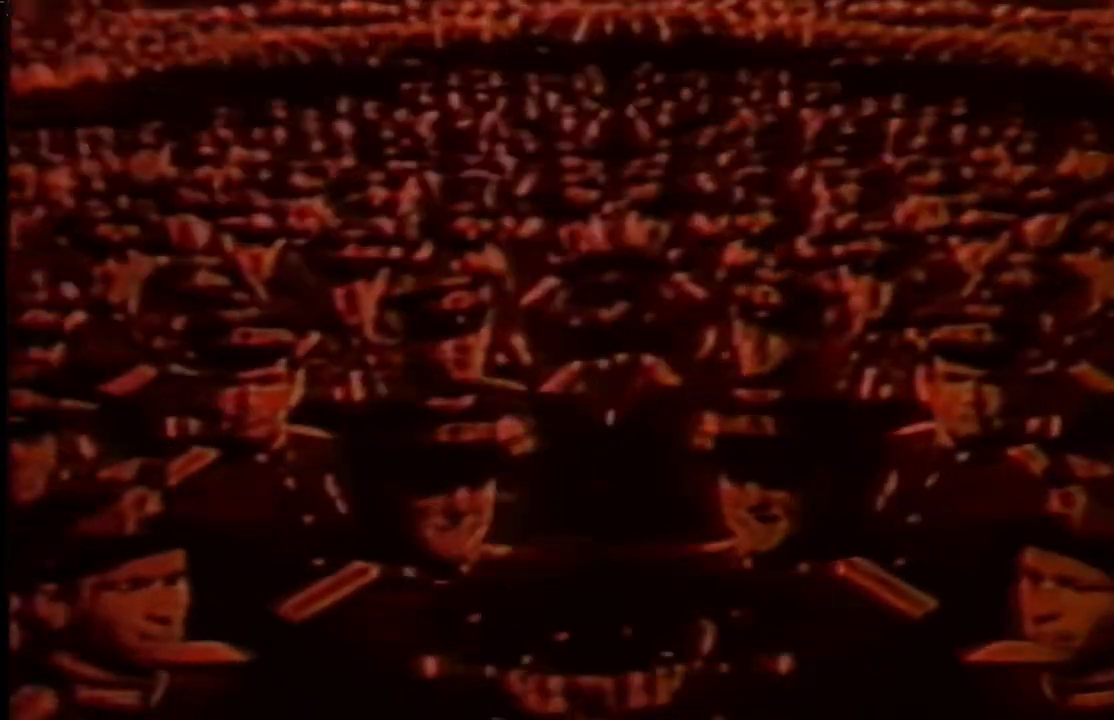
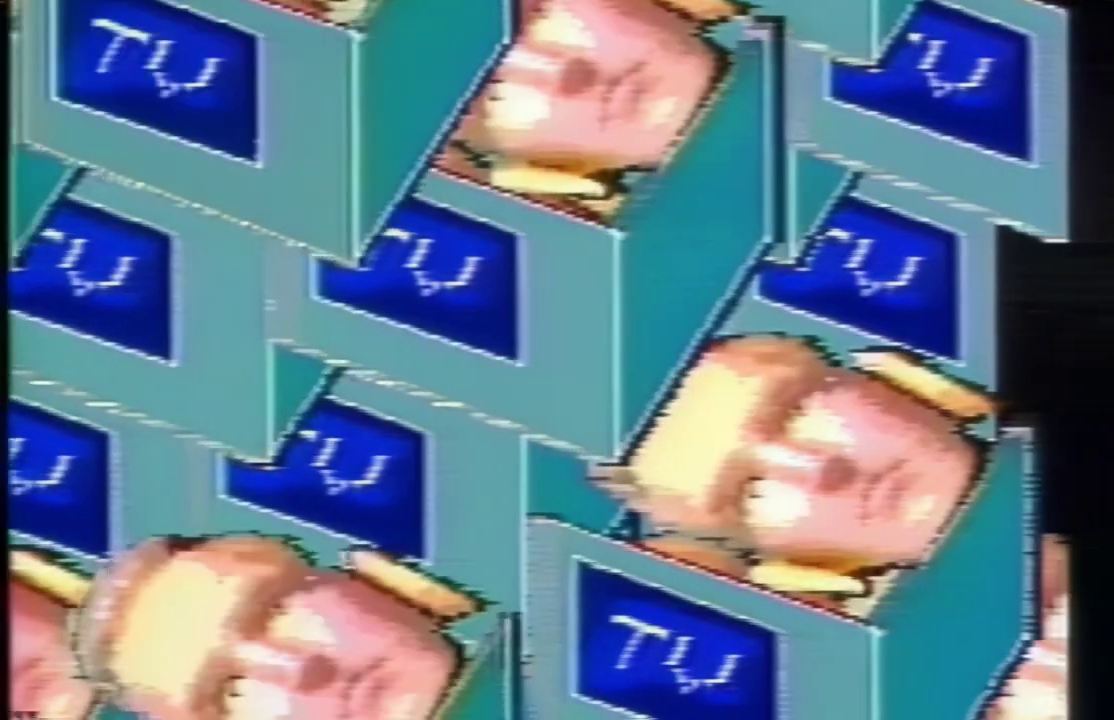
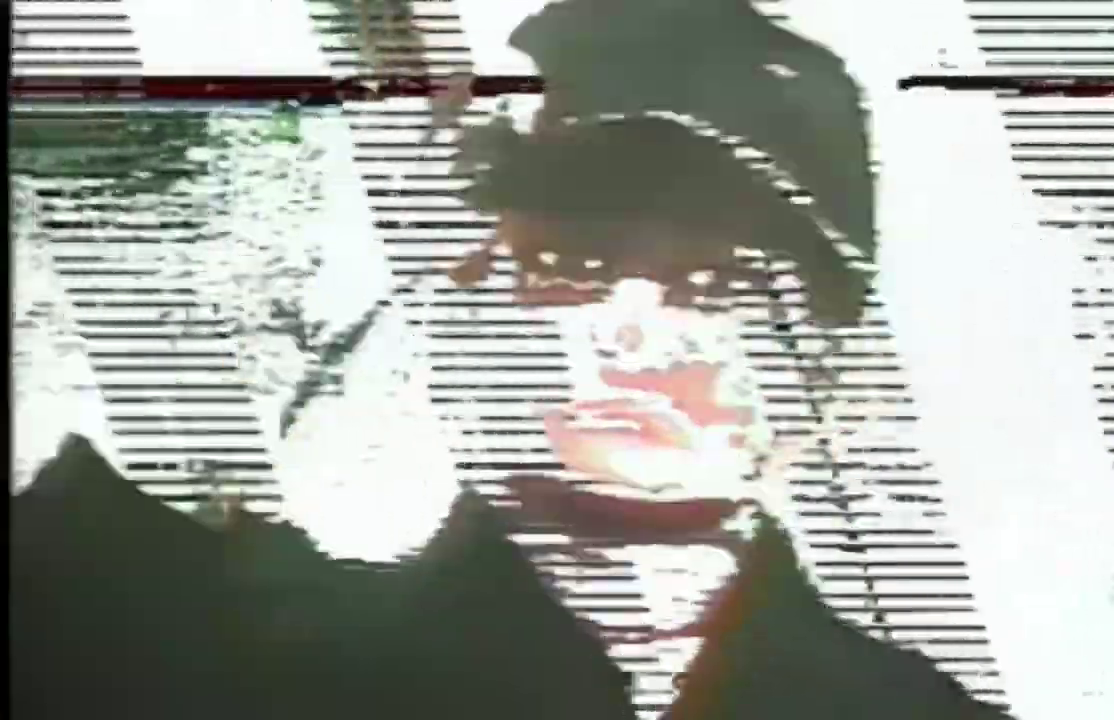
Nearly 40 years later, in 2023, Daizaburo Harada performed TV WAR 2023. It was dedicated to the recently departed Sakamoto. Discussing the new performance, he wrote, “In the age of social media, the images of war once found on televisions have moved to the smartphone, and it's the users who now have the power to share them so easily…With the introduction of generative AI, fake images flood the streets. What is real and what is virtual has become confused, and it’s only getting worse.
"I wonder, after all’s said and done, is it truly impossible for humanity to resist the law of entropy?"
Update: Actual legend @exhaustionparty uploaded a clean rip of the DVD to the Internet Archive, so you can enjoy TV WAR in as high a quality as you ever will! They also uploaded included poster, cover, obi strip...everything! Go check it out and follow Exhaustion Party at Twitter and Bluesky!

Music of the Week: Bunretsu Denkai by The Futures
So ya like Melt-Banana do ya? Ya like playful, mile a minute hardcore from chaotic jokesters, huh? Well dang, good new for you then: The Futures will fill your tummy up nice and good. Blisteringly loud and blisteringly fast and blisteringly (?) fun, this short lived group is a perpetual raucous party, substituting punk anger for the kind of humor and joy that can only come from not giving a care about the buttoned up society around you. Perfect music for energizing and raising the spirit.
Book of the Week: Mao by Rumiko Takahashi
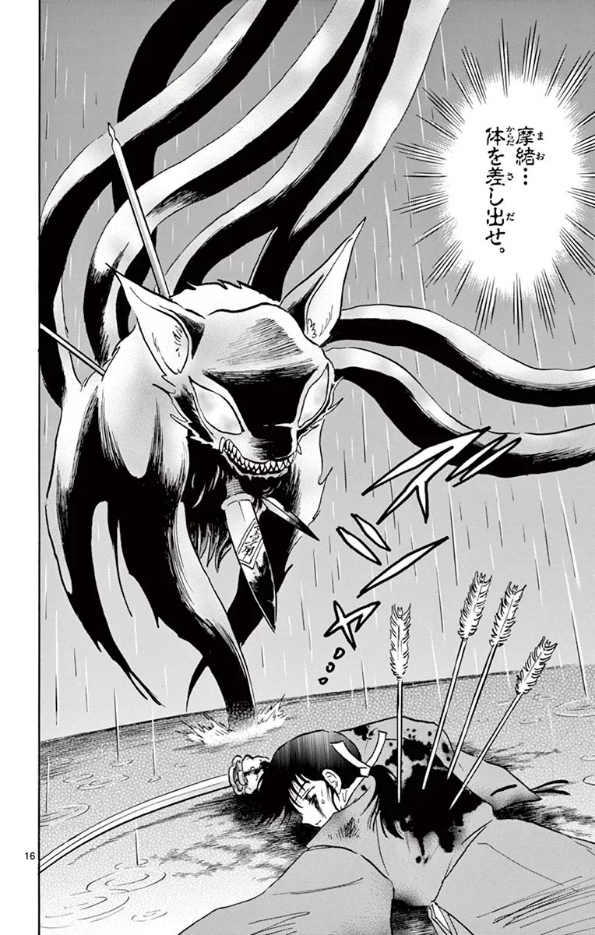
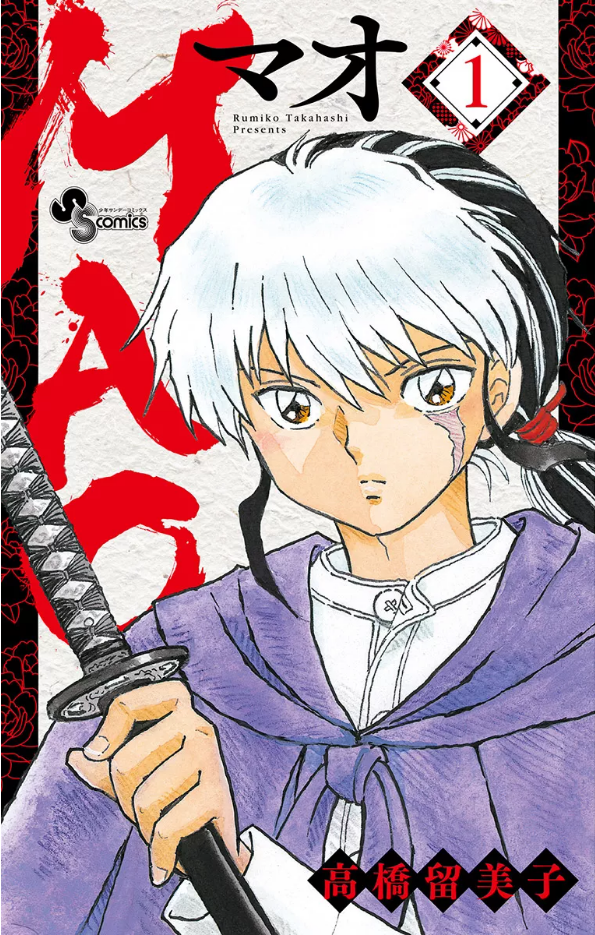
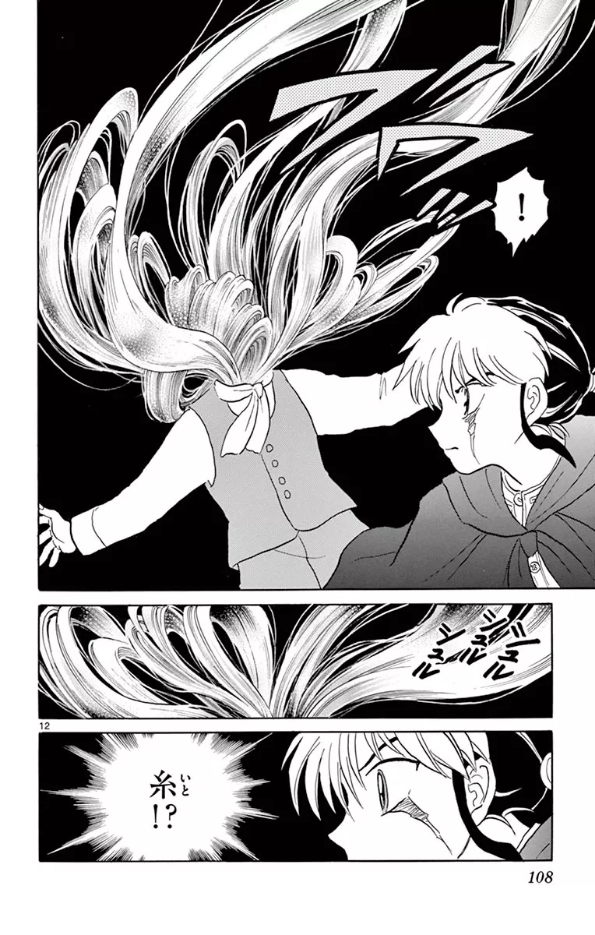
Takahashi, one of the biggest manga artists in history, doesn’t get much attention for her more recent work. Sure, they sell fine, but they aren’t exactly at the center of the popular conscious in the way basically everything she wrote for a solid two plus decades were. That’s dumb! Sure, Mao might not represent Takahashi at her absolute peak, but she’s one of the GOATs for a reason—this comic is basically everything you could ask for in a weekly adventure. We’ve got great characters hopping between the real world and a fantastical Taisho-era Japan full of horror-tinged mysteries to be had and battles to be fought! Love that! Funny, thrilling, economical, and refreshingly okay with just having a good monster of the week.
Movie of the Week: The Cherry Tree with Gray Blossoms (dir. Sumiko Haneda, 1977)
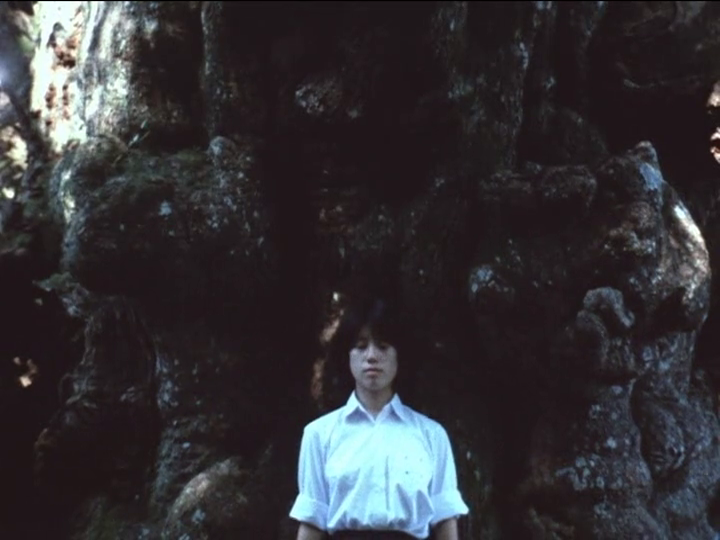
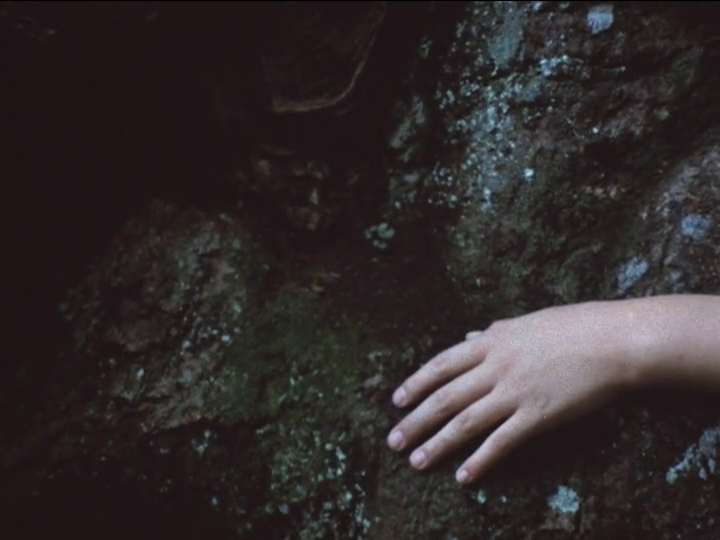
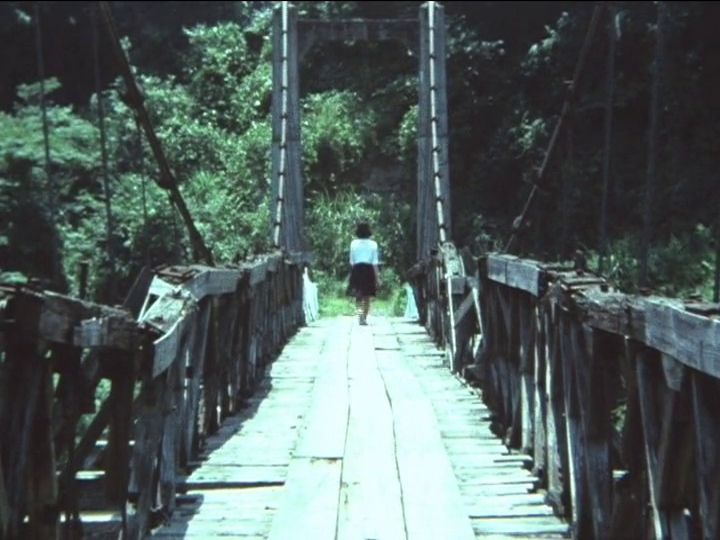
Powerful 40-minute documentary ostensibly about a 1400-year-old cherry tree but is actually a poem on mortality and grief, a symbol of the director’s then recently deceased sister silently appearing throughout like a ghost. Getting to know the people who live around and dedicate themselves to the tree as well as their legends and history surrounding it (bones buried beneath), the camera watches and longs and searches for answers only a tree could ever know but never a human. Deeply moving and thoughtful. The kind of movie to keep close throughout your life.
Have thoughts about anything covered this week? Got a recommendation you’re dying to share? Want to tell me how handsome and cool I am? Leave a comment below!
oh, and here's an awesome collection of old Japanese film posters, magazines, promo material, etc



